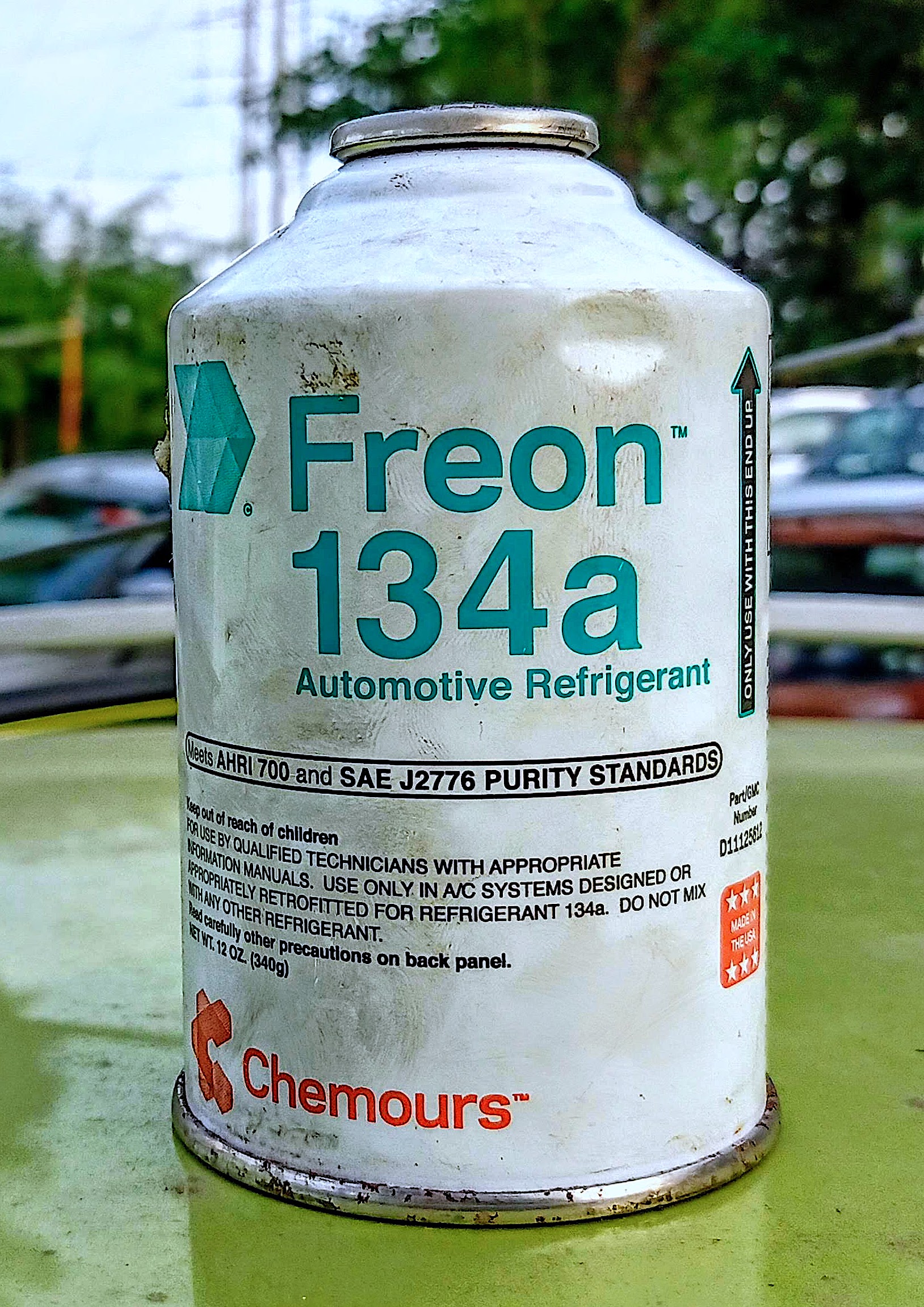Danger in the Water: “Forever Chemicals” Have Contaminated Fish in the Cape Fear River
The North Carolina Department of Health and Human Services has released advisories on limits for the consumption of fish from the middle and lower Cape Fear River due to the presence of PFAS. In some cases, the department recommends no consumption whatsoever.

The North Carolina Department of Health and Human Services is recommending limits on consumption of certain freshwater fish from the middle and lower Cape Fear River based on concerns about exposure to perfluorooctane sulfonic acid (PFOS) found in fish sampled from that area. PFOS is part of a group of perfluoroalkyl and polyfluoroalkyl substances (PFAS) — often called “forever chemicals” because they do not break down in the environment.
The recommendations are based on newly available data and new information from the U.S. Environmental Protection Agency. Many states provide recommendations to limit or avoid eating certain fish due to PFAS.
PFAS are an emerging public health concern with multiple potential sources of exposure, including contaminated drinking water and food, indoor dust, some consumer products, and workplaces. Exposure from fish may be higher among communities that catch and eat fish frequently.
NC DEPARTMENT OF HEALTH AND HUMAN SERVICES ADVISORY FOR THE CONSUMPTION OF FRESHWATER FISH FROM THE MIDDLE AND LOWER CAPE FEAR RIVER
FOR WOMEN OF CHILDBEARING AGE (15 TO 44 YEARS), PREGNANT WOMEN, NURSING MOTHERS, AND CHILDREN:
DO NOT EAT bluegill, flathead catfish, largemouth bass, striped bass, or redear.
EAT NO MORE THAN ONE MEAL PER YEAR TOTAL, COMBINED ACROSS ALL OF THESE SPECIES: American shad, blue catfish, and channel catfish.
FOR ALL OTHER PEOPLE:
EAT NO MORE THAN 1 MEAL PER YEAR TOTAL, COMBINED ACROSS ALL OF THESE SPECIES: bluegill, flathead catfish, largemouth bass, striped bass, and redear.
EAT NO MORE THAN 7 MEALS PER YEAR TOTAL, COMBINED ACROSS ALL OF THESE SPECIES: American shad, blue catfish, and channel catfish.

Studies have linked PFAS, particularly after long-term exposure, to negative effects on growth, learning, and behavior in children; reduced chances of conceiving; impaired thyroid function; increased cholesterol levels; decreased immune system response; and increased risks of certain types of cancer, including testicular and kidney cancer.
Advisory limits are lower for women of childbearing age, pregnant women, nursing mothers and children because these groups may be more sensitive to health effects from PFAS exposure.
To better understand the levels of PFAS in fish in the middle and lower Cape Fear River, the NC Department of Environmental Quality and NC Wildlife Resources Commission (NCWRC) collected and tested the fish species that people most frequently catch and consume in North Carolina, based on NCWRC surveys. PFAS were present in all species they tested. Levels of PFOS were higher in bluegill, flathead catfish, largemouth bass, striped bass, and redear.

“Communities in the middle and lower Cape Fear Region have been requesting information about PFAS in fish since GenX was found in the river,” said Zack Moore, state epidemiologist with the North Carolina Department of Health and Human Services. “There are no easy answers, but we hope this information will help residents make the best decisions for themselves and their families.”
Coastwatch earlier reported about the Chemours company, a source of GenX in drinking water drawn from the Cape Fear. See the Winter 2018 issue’s “A River of Woes.”
see also:
- “PFAS in the Tidal Creeks of Southeastern North Carolina,” in the Summer 2023 Coastwatch
- “Why Do These Alligators Have Infections?” (on PFAS in wildlife) in the Spring 2023 Coastwatch
more:
en español:
“¿Contra qué efectos en la salud protege el aviso de consumo de pescado?”
lead photo: The Cape Fear River at Lock and Dam #1. credit: Stuart Borrett/CC_BY-2.0.
adapted from a news release from North Carolina Department of Health and Human Services


